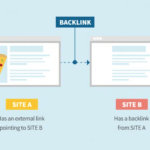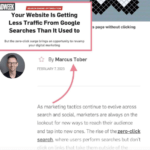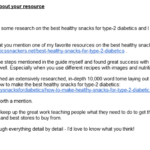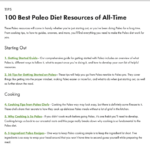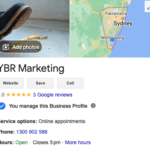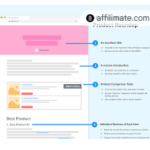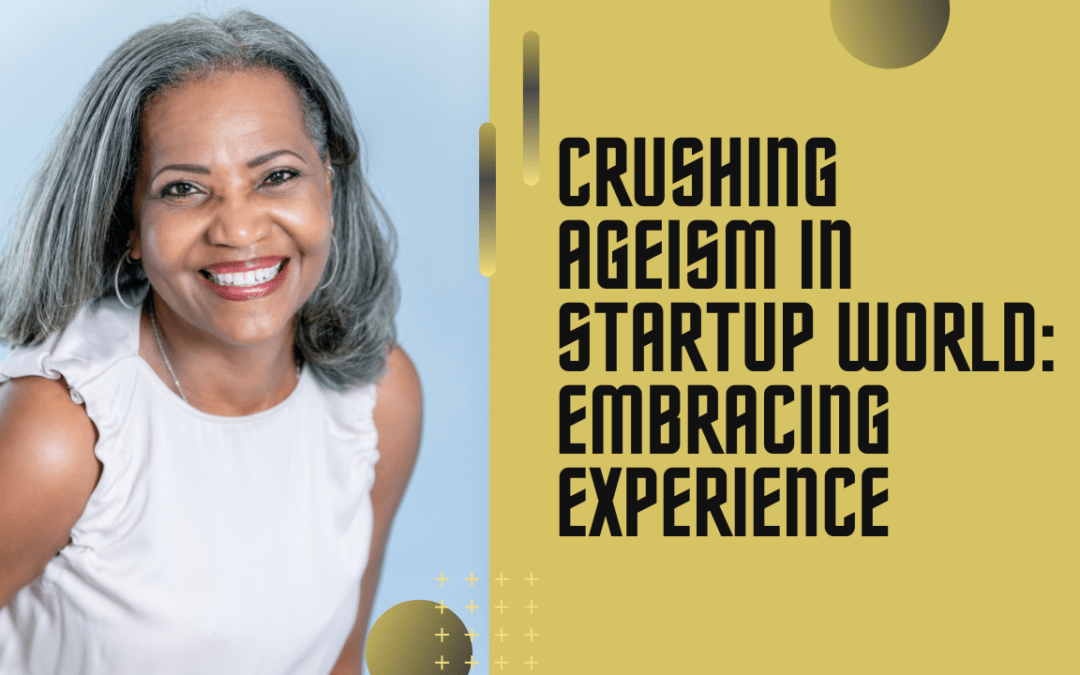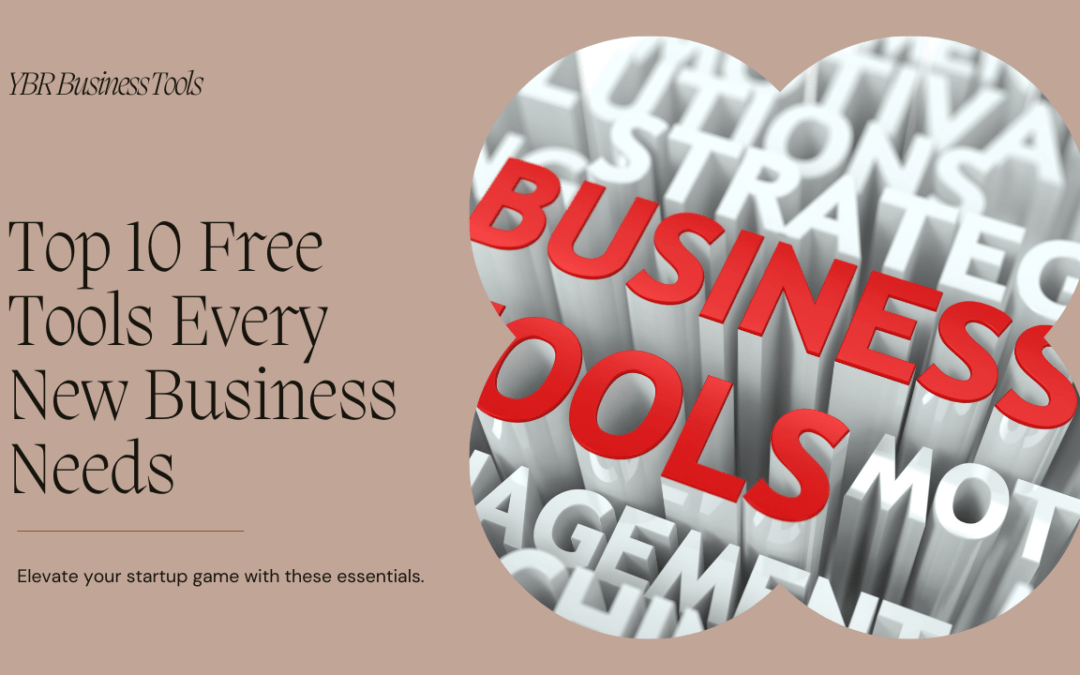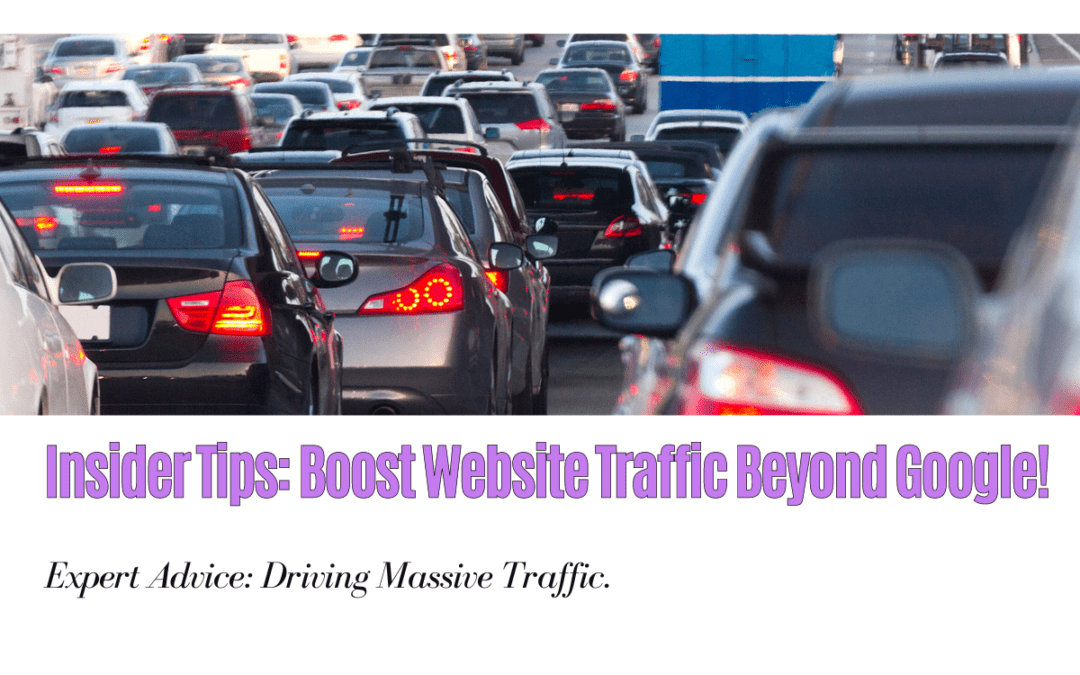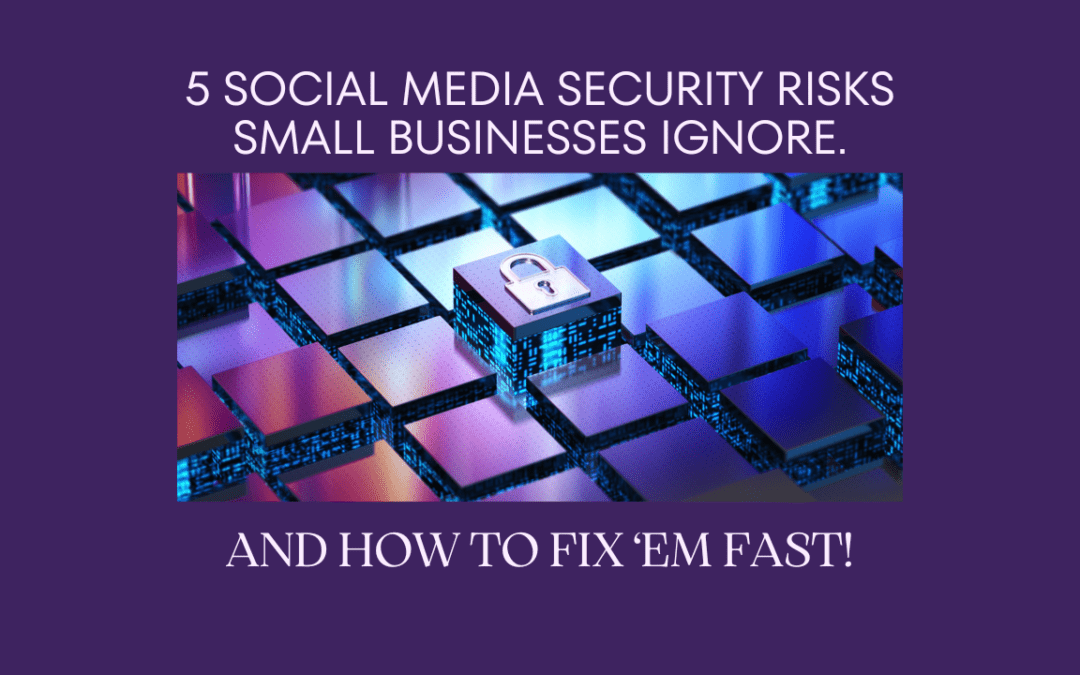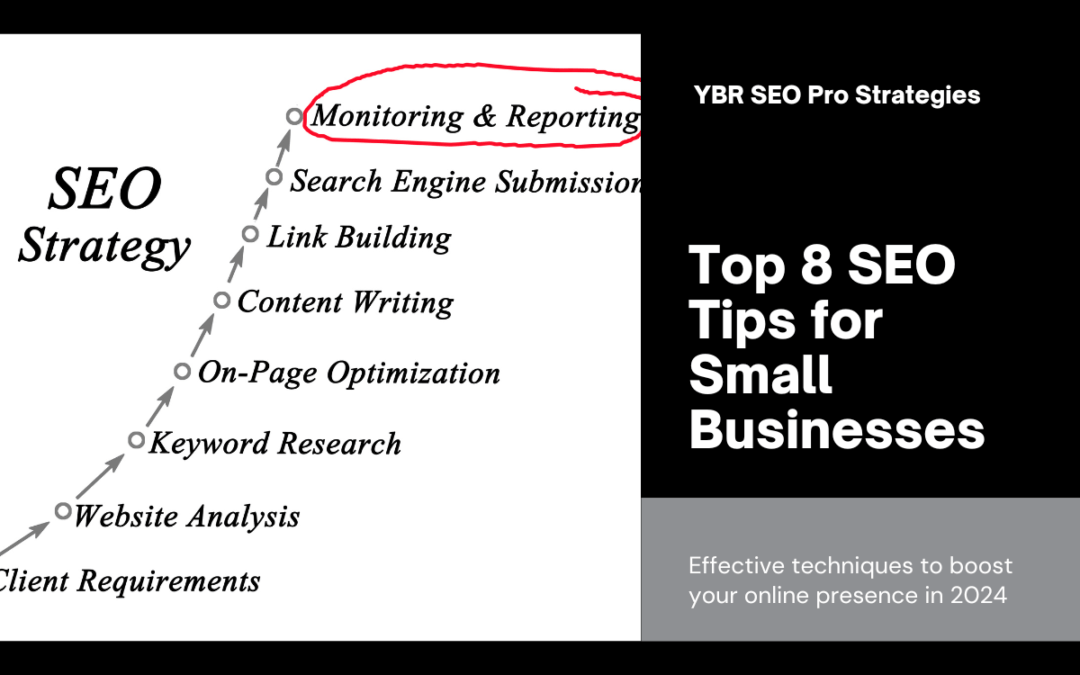
8 SEO Strategies for Small Businesses That Actually Work in 2024
8 SEO Strategies That Deliver in 2024: Your Small Business Guide
SEO is in constant flux, but these eight strategies remain rock-solid for small businesses in 2024. Let’s dive in with actionable details and visuals to help you implement them.
1. Link Building: The Evergreen Strategy
Backlinks are like votes of confidence for your website, signaling to Google that you’re trustworthy and authoritative. But earning them takes a strategic approach.
Guest Posting: Offer to write valuable content for other websites in your niche, including a link back to your site in the author bio or within the article.
Broken Link Building: Find broken links on relevant websites and suggest your content as a replacement.
Resource Page Link Building: Get your website listed on resource pages of relevant organisations, educational institutions, or industry associations.
Examples: A local bakery could partner with a popular food blogger for a guest post featuring their signature sourdough recipe, with a link back to their online store.
or
2. Content Reworks: Breathe New Life into Old Pages
Don’t let your old content languish. By updating and optimising it, you can re-ignite its ranking potential.
- Update Outdated Information: Refresh statistics, data, and references to keep your content relevant and accurate.
- Add New Content: Expand existing articles with additional sections, new insights, or updated examples.
- Improve Formatting: Break up long paragraphs, add headings and subheadings, and use bullet points and lists for better readability.
Example: A travel agency could update their 2022 “Top 10 Destinations” blog post with 2024 recommendations and fresh travel tips.
3. Look Legit: Signal to Google You’re a Real Deal
Establish your business as a trustworthy entity in Google’s eyes.
- Claim Your Google Business Profile: This free tool is crucial for local SEO, allowing you to manage your business information across Google Search and Maps.
- Consistent NAP: Ensure your business name, address, and phone number (NAP) are consistent across your website, social media profiles, and online directories.
- Get Listed in Directories: Submit your business information to relevant online directories like Yelp, Yellow Pages, and industry-specific listings.
Example: A plumber could claim their Google Business Profile, ensure their NAP is consistent across the web, and get listed on directories like Angie’s List and HomeAdvisor.
4. Forums & User-Generated Content: Tap into Community Power
Active communities can be a goldmine of engagement, backlinks, and fresh content.
- Create a Forum: If you have an engaged audience, consider adding a forum to your website to foster discussion and create a sense of community.
- Participate in Q&A Sites: Answer questions on platforms like Quora and Reddit to showcase your expertise and drive traffic to your site.
- Encourage Reviews: Ask customers to leave reviews on Google, Yelp, or other relevant platforms.
Example: A fitness studio could create a Facebook group for members to share workout tips and motivation, or encourage clients to leave reviews on their Google Business Profile.
5. Parasite Content: (Cautiously) Borrow Authority
Leverage the authority of established websites to gain visibility and backlinks.
- Guest Posting: Offer to write high-quality articles for reputable websites in your industry.
- Contribute to Industry Publications: Share your insights and expertise in articles for online magazines or trade publications.
- Participate in Expert Roundups: Offer your opinion or advice for roundups or interviews featured on popular blogs or websites.
Example: A financial advisor could write a guest post on a personal finance blog about retirement planning strategies.
6. Programmatic SEO (pSEO): Scale with Caution
pSEO involves creating large volumes of pages automatically, often using templates and data.
- Focus on Value: Ensure each page provides unique and valuable information to users.
- Avoid Duplicate Content: Use templates with variable elements to avoid creating duplicate content.
- Optimise for Long-Tail Keywords: Target specific, long-tail keywords with each page.
Example: A real estate agency could create individual pages for each suburb they serve, showcasing local property listings and market insights.
7. Tools & Tool Sites: Functionality That Ranks
People love using online tools, and Google loves ranking them.
- Identify a Need: Research your audience to determine what kind of tool would be useful to them.
- Build or Buy: Develop your own tool or acquire an existing tool site in your niche.
- Promote Your Tool: Market your tool through social media, email marketing, and other channels to drive traffic and usage.
Example: A personal trainer could create a calorie calculator tool or a workout planner to attract potential clients.
8. Product Roundups: Showcase Your Own (or Others’)
Roundup posts featuring multiple products can rank well for informational searches.
- Affiliate Marketing: If you’re not selling products, partner with brands as an affiliate to earn commissions on sales.
- Promote Your Products: Showcase your own products or services alongside others in a roundup post.
- Be Objective: Provide honest and unbiased reviews to build trust with your audience.
Example: A hiking gear retailer could create a roundup of the best hiking boots for different terrains or a comparison of top-rated backpacks.
Absolutely! Here’s a summary and call-to-action tailored for YBR Marketing:
To Summarise
SEO doesn’t have to be a mystery. In 2024, these 8 strategies are proven to work for small businesses like yours:
- Link Building: Earn those valuable backlinks from high-traffic, relevant websites.
- Content Reworks: Breathe new life into your old content and boost its ranking potential.
- Look Legit: Ensure Google recognises your business as a trustworthy authority.
- Forums & User-Generated Content: Tap into the power of community engagement and content creation.
- Parasite Content: Leverage the authority of other websites (with caution).
- Programmatic SEO: Scale your content strategically, but prioritise quality.
- Tools & Tool Sites: Offer helpful tools that resonate with your audience and attract links.
- Product Roundups: Showcase your products or become an affiliate to tap into this valuable traffic source.
Ready to take your SEO to the next level? YBR Marketing, your award-winning digital marketing agency in Wollongong/Fairy Meadow, is here to help. We specialise in crafting tailored SEO strategies that deliver real results for small businesses.
I hope this serves you,
 Red
Red
Drop us a Line 📞 🗝 1300 902 588
Follow Us on Social ⏬⏬

